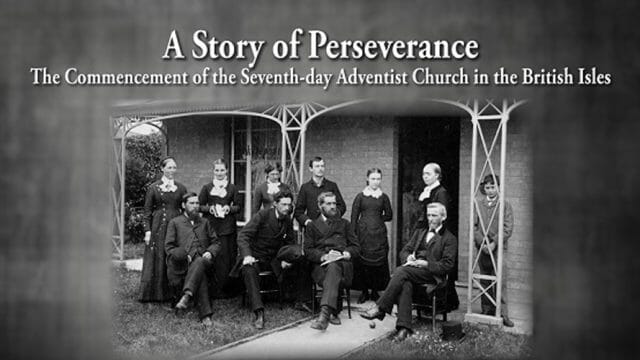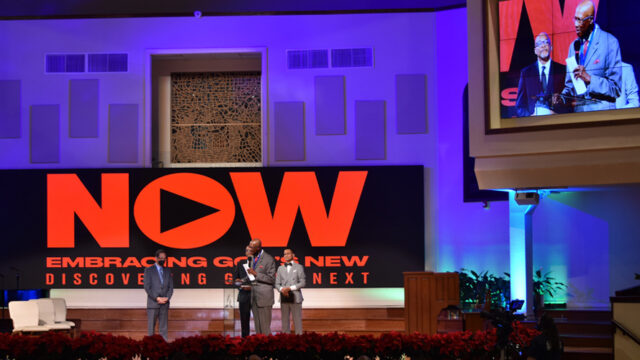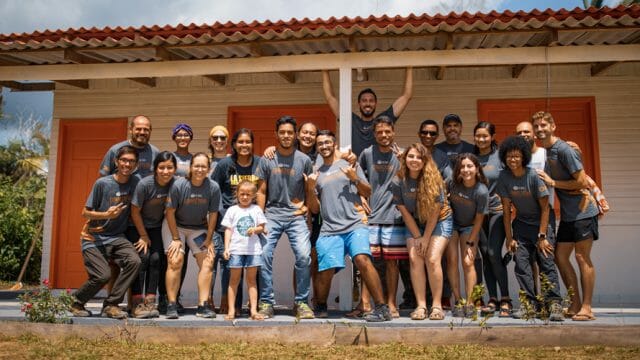Seventh-day Adventists, from their earliest days, established organizations to spread the gospel. Whether it was the International Religious Liberty Association in 1893, the […]

Seventh-day Adventists, from their earliest days, established organizations to spread the gospel. Whether it was the International Religious Liberty Association in 1893, the Adventist Review in 1849, or the Battle Creek Sanitarium in 1866, creating structure and organization is in our genetic makeup.
Over time and through hard-learned experience, the Adventist Church has developed policies and practices around how all these separate legal organizations relate. This, of course, is in addition to our local church, conference, union, division, and General Conference structure. Understanding how all these different groups work together can be daunting.
The most important distinction is between denominational entities and supporting ministries (also known as self-supporting ministries). Denominational entities are directly connected to the church. In addition to the local conference and union, organizations such as Stanbourough Press or Hope Channel are separate legal entities but connected structurally to the Adventist Church.
Denominational entities either have a constituency (such as a conference) or a defined board membership made up of church officials. While they maintain a separate legal status and are operated and governed by their own bylaws, boards, and constituencies, they have a relationship to the broader church. These entities work together administratively on such issues as pay, retirement, and educational requirements. They are also part of the broader Seventh-day Adventist Church and help define the beliefs, mission, and goals of the church. Organizations listed in the Seventh-day Adventist Yearbook are denominational entities.
Supporting ministries are different because while they cooperate with the goals and purposes of the Seventh-day Adventist Church, they are not part of the broader structure. The board and leadership are faithful lay Adventists, but other than being members of the Seventh-day Adventist Church, neither they nor their ministry have any legal connection to the church’s structure.
Ministries such as Three Angels Broadcasting Network or Fletcher Academy in North Carolina, United States, have for years sought to further the teachings of the Adventist Church. But they are not Seventh-day Adventist institutions, because they have organized themselves outside of the Adventist Church’s structure.
This does not mean the leadership are not faithful Adventists, nor does it mean they are teaching and preaching a gospel contrary to Seventh-day Adventist beliefs. Supporting ministries for a broad range of reasons believe their ministry is best conducted as a supporting rather than denominational entity. Supporting ministries in the past have also been referred to as “independent ministries.” Many supporting ministries feel this term implies they do not work in harmony and in cooperation with the church and avoid using it. This contrasts with an “offshoot” group that works to criticize or tear down the church rather than cooperate with and support it. In North America supporting ministries are defined by being members of Adventist-laymen’s Services and Industries (ASi).








